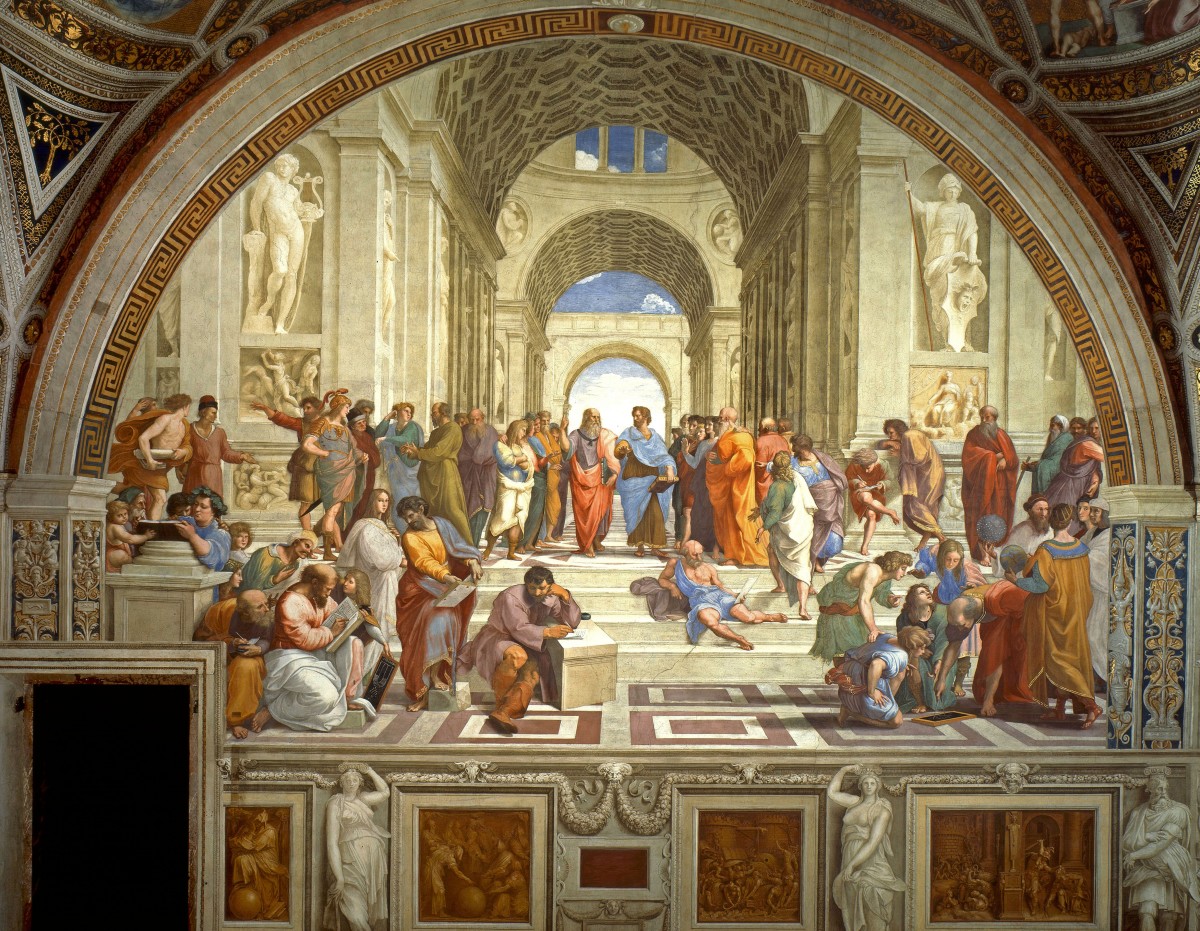The year 1543 marked the publication of Copernicus’s De revolutionibus orbium coelestium (Concerning the Revolutions of Heavenly Bodies). Born in Poland of German extraction, Nicolaus Copernicus (1473-1543) studied law and medicine at Padua and other Italian universities and spent thirty years as canon of a cathedral near Danzig.
His work in mathematics and astronomy led him to attack the hypothesis of the geocentric (earth- centered) universe. In its place he advanced the revolutionary new hypothesis of the heliocentric (sun-centered) universe.
The concept of the geocentric universe included an elaborate system of spheres. Around the stationary earth there revolved some eighty spheres, each, as it were, a separate sky containing some of the heavenly bodies, each moving on an invisible circular path, each transparent so that mortals could see the spheres beyond it. This picture of the universe had already come under attack before Copernicus, for observers could not make it tally with the actual behavior of heavenly bodies. Copernicus used these earlier criticisms and his own computations to arrive at the heliocentric concept.
The Copernican hypothesis had radical implications. It destroyed the idea of the earth’s uniqueness by suggesting that it acted like other heavenly bodies. Nevertheless, once Copernicus had reversed the roles of the sun and the earth, the heavens were still filled with spheres revolving along invisible orbits, only now they moved about a stationary sun.

